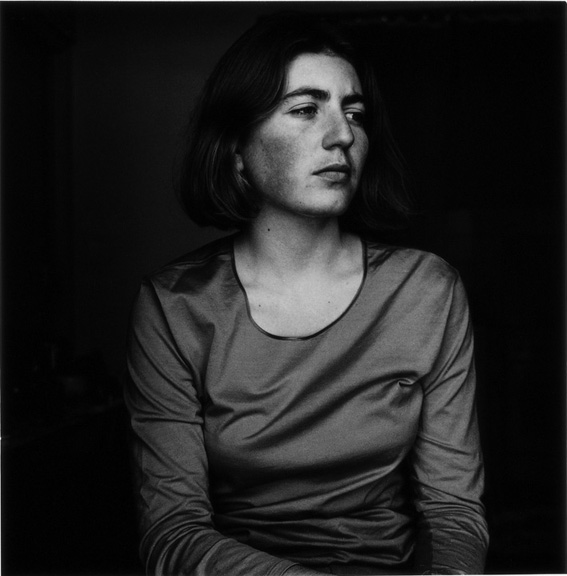[Spring 1997]
Dazibao, Montreal
November 14 – December 15, 1996
Photographic images have more to do with ideas and impressions than with their material contingencies. Truism? At this point in time, yes. Nonetheless, the notion of photography as thought, as opposed to document, was served up as one of the main discourses in the second component of Dazibao’s latest edition of its annual Jeune photographie. Accompanied by a booklet with texts by co-curators Marie Fraser and Richard Baillargeon (its brash and compact design by Joanne Véronneau being the most audacious element in this rather mild exhibition devoted to upcoming artists!), Jeune photographie 1996 – Fuite et repaire, second volet brought together works in black and white by Jennifer Crane, Anne Immelé, Emmanuel Galland, Emmanuelle Léonard, and Martin Villeneuve.
The disproportionately large mats and heavy framing of Martin Villeneuve’s photographic trilogy of genres – the portrait, the urbanscape, and the naturescape – do little more than envelope unconvincingly dramatized ordinary images in an armour of pretense. The effect is reiterated by fragments of epic prose (part of the same piece) hanging in frames on an adjacent wall. In Jennifer Crane’s neat and discreet Taxonomic Desire, affect gives way to late-twentieth-century predictability. With her sewing basket placed on a pedestal and filled with small images of thumbs slid between microscope slides, this artist proposes yet another variation on the interdependent themes of loss of identity and scientific classification.
Interest begins to grow with Emmanuelle Léonard’s series of large-scale blurred and blanched photographs of details of walls, floors, and electrical wiring. Next to them, a telegraphic text briefly recounts an accidental death. While the ambiguous relation between the images and the medical report-like text is arresting, the visual component of this piece remains in want of character. Emmanuel Galland – who is hardly a newcomer to the Montreal art scene, and whose frequent participation in recent exhibitions makes one wonder about what the category “jeune photographie” really refers to – has produced another instalment of his ongoing pursuit of family ties (his own) with the conceptual cleverness we have come to expect of him. Propped up like accordion menus on the tables in the gallery’s “café” area, Galland’s heroic Les Retrouvailles reunites newlyweds during wartime duty. In place of food, his “menus” sport smiling faces that progressively disappear with each new leaflet, until they re-enter the framed portrait within the portrait of the spouse from which they originate. Conversely, perhaps, the faces have jumped out of their frames to reveal themselves increasingly to their object of love. In any case, just how much of this artist’s ingenuity gets in the way of what his art is about is up for debate.
Unquestionably, the most engaging work here is Anne Immelé’s sequential, almost cinematographic frieze. Nineteen very small photographs, horizontally arranged in groups of varying numbers and spaced with reflective pauses reveal the weight and inner silences of everyday life. People, places, even seals by a pool seem fully alive in the most mundane sense of the word. Recalling film’s ability to magnify subjectivity, these acutely sensitive images – due largely to their inordinate sense of stillness—effectively ennoble the commonplace with feeling.

